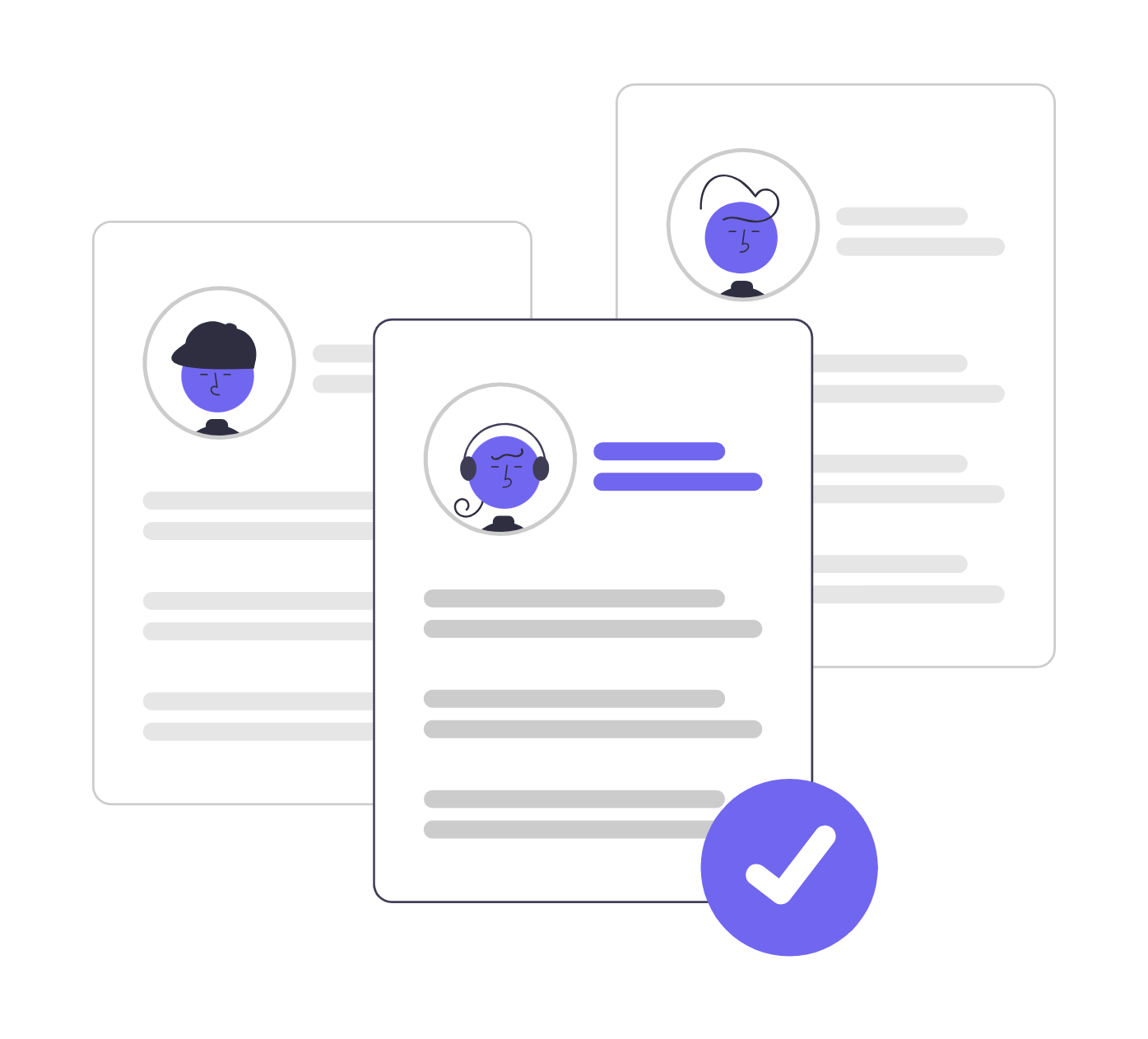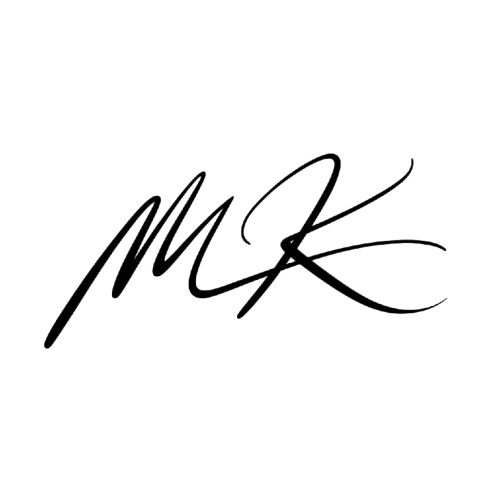Share
Hiring mistakes are expensive. Not just in terms of time and salary, but in morale, productivity, and the energy it takes to fix them. And here’s the tricky part: many bad hires don’t look bad at first. In fact, they often look perfect—at least on paper.
They’ve got the résumé. They’ve got the credentials. They even nail the technical test.
So why do so many of them fail to deliver?
Because hiring isn’t just about qualifications—it’s about patterns, behavior, and red flags that show up in small but critical ways.
This guide breaks down 15 smart, experience-based reasons not to hire someone, even if everything else looks good. If you’re a hiring manager or recruiter, these are the signals that separate a good candidate from a potentially costly mistake.
Why “Great on Paper” Isn’t Enough
A polished résumé and strong test scores can be misleading. In today’s hiring landscape—especially with AI-assisted applications—it’s easier than ever for someone to look impressive without being the right fit.
Smart hiring means looking beneath the surface. That means paying attention to signs of how someone works, why they want the job, and whether they’re truly aligned with the role, the team, and the company’s future.
Workscreen Eliminates low-effort applicants—including those who use AI Tools to apply, copy-paste answers, or rely on "one-click apply." This way, you focus only on genuine, committed, and high-quality candidates—helping you avoid costly hiring mistakes.

15 Red Flags That Should Make You Think Twice
1. Sloppy Résumé or Generic Application
Typos, vague job descriptions, or copy-pasted summaries suggest a lack of effort. A résumé doesn’t need to be flashy—but it should be clear, concise, and tailored. If they won’t put effort into the application, what will their day-to-day work look like?
2. Overqualified (and Not Okay With It)
There’s a difference between a seasoned hire who wants a simpler role—and someone who’s clearly using the position as a stopgap. Overqualified candidates who avoid discussing long-term goals or sound vaguely dissatisfied with the job’s scope often leave quickly.
3. Poor Cultural or Team Fit
If a candidate doesn’t align with your company’s values or struggles to connect during team interviews, it’s a risk. Cultural mismatch is one of the most common reasons good-on-paper hires eventually fail.
4. Communication Gaps
Strong communication doesn’t mean being outgoing—it means being clear, responsive, and collaborative. Candidates who ramble, interrupt, or go silent under pressure often struggle in team environments.
Quickly identify your most promising candidates. WorkScreen automatically evaluates, scores, and ranks applicants on a performance-based leaderboard—making it easy to spot top talent, save time, and make smarter, data-driven hiring decisions.

5. Lack of Initiative or Preparation
If they haven’t researched your company or role, it’s a red flag. Candidates who ask generic questions or can’t explain why they want the job are often just applying broadly—not intentionally.
6. Negative Attitude Toward Past Employers
Gossiping about former managers, blaming teams for failures, or showing bitterness toward previous roles speaks volumes. Even if their frustration is valid, how they talk about it matters.
7. Job-Hopping or Unexplained Gaps
Frequent moves aren’t automatically bad—but they require a clear, credible explanation. Without that, it could signal instability or deeper issues like conflict, performance problems, or poor decision-making.
8. Arrogance or Overconfidence
Confidence is a plus. Entitlement isn’t. Candidates who dismiss feedback, interrupt interviewers, or come across as condescending are rarely team players. In worst cases, they can become toxic hires.
9. Misaligned Career Goals
Hiring someone who’s chasing a different long-term path almost guarantees short tenure. If their passion clearly lies elsewhere—or they show disinterest in the role’s responsibilities—they’ll be disengaged within months.
10. Soft Skills Mismatch
Candidates who can’t take feedback, adapt, collaborate, or self-reflect may struggle—even if they’re technically strong. Many interviewers have passed on top scorers in favor of those who show emotional intelligence and curiosity.
11. Bad or Inconsistent References
References that sound vague, overly cautious, or quietly negative (e.g., “I can confirm they worked here…”) are a major warning. Solid candidates usually have advocates who can speak to their work, not just their dates of employment.
12. Overemphasis on Pay and Perks
Everyone cares about compensation—but if it’s all they care about, beware. Candidates who fixate on benefits while ignoring the role’s substance tend to leave for slightly better offers.
Easily administer one-click skill tests with Workscreen-This way you can assess candidates based on real-world ability—not just credentials like résumés and past experience. This helps you hire more confidently and holistically.

13. Inability to Ask the Right Questions
Good candidates probe. They clarify unclear scenarios and dig for context. If a candidate can’t ask thoughtful questions in a case study or interview, it may show shallow thinking or lack of ownership.
14. Passive Participation in Interviews
If someone seems disengaged, distracted, or only minimally invested, it’s a problem. You’re hiring someone to bring energy and intent—not just to answer questions on cue.
15. Problem-Solving Red Flags
Common giveaways: vague answers, overconfidence without substance, or rigid thinking. If a candidate struggles with scenario-based thinking, avoids ambiguity, or resists new ideas, that’s a hiring risk.
How to Spot These Red Flags Early
You don’t need weeks of interaction to spot these signs—you just need the right filters early in the process:
- Résumé screening: Look for clarity, consistency, and relevance.
- Pre-interview questions: Ask about past conflicts, role alignment, and what drew them to your company.
- Behavioral interviews: Use open-ended scenarios to test judgment, self-awareness, and communication.
- Team interviews: Let your team evaluate the candidate’s collaboration and fit.
- Reference checks: Always verify—not just that they worked there, but how they worked.
Why Ignoring Red Flags Costs More Than You Think
Hiring the wrong person doesn’t just disrupt workflow—it undermines the entire team dynamic. Red flags that go unchecked during the hiring process often lead to issues like:
- Lost productivity due to mismatched expectations or slow ramp-up
- Frustration among team members, especially if collaboration or communication breaks down
- Time wasted on rehiring, retraining, and rebuilding trust within the team
And the hardest part? Many of these warning signs don’t show up after the hire—they show up during the interview. You just have to know what to look for.
What to Do When You Spot a Red Flag
Not every red flag is a deal-breaker. But they should always lead to deeper questions. Here’s how to handle it:
- Ask follow-up questions: “Can you tell me more about why you left that role?” or “How would you approach collaboration with a new team?”
- Check consistency: Compare interview responses with résumé and references.
- Loop in others: Let other interviewers weigh in. One person’s red flag might be another’s misunderstanding.
When in doubt, remember: it’s better to pass on a promising maybe than hire a guaranteed mismatch.
✅ Final Thoughts
Smart hiring isn’t about chasing the perfect résumé. It’s about recognizing patterns—good and bad—that predict how someone will show up on the job.
By learning to spot these 15 red flags early, you won’t just avoid hiring mistakes—you’ll make space for the candidates who truly belong.
FAQ
Only if they’re clear about their long-term intentions, enthusiastic about the role, and aligned with your company goals. Otherwise, expect early disengagement.
Yes—but it should lead to follow-up questions. If multiple red flags stack up, it’s often a pattern, not a fluke.
Watch how they interact with different team members, handle ambiguity, and speak about values and past team dynamics.
Lack of curiosity. Candidates who don’t ask good questions or seek context often struggle in dynamic roles.
Be clear, professional, and courteous. You don’t need to list every concern—just thank them and let them know you’ve chosen a different direction.

